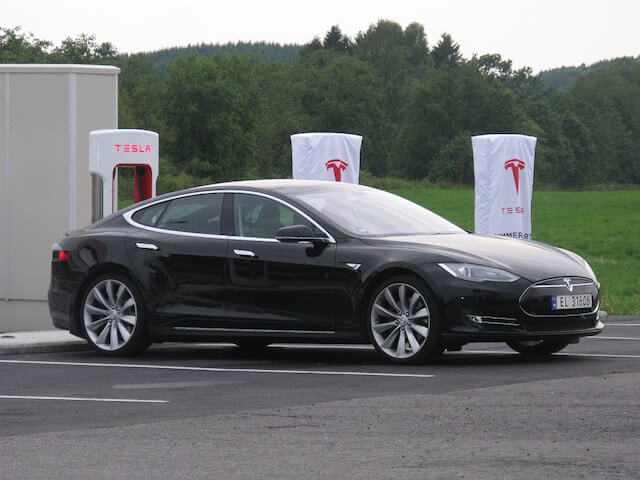The Tesla model X incorporates a wide range of sensors for guidance. It has radar to detect objects located in front of the vehicle, a GPS for location tracking and even cameras to warn speed limits and road markings.
With so many elements likely to be attacked, it is logical that one of the main concerns of the company must be safety. However, the autopilot Tesla has been in the news lately for other reasons.
 In this case we could say it saved the life of its driver, Joshua Neally, an American lawyer who suffered a pulmonary embolism while driving. Before losing consciousness, Neally activated the autopilot to be directed to a nearby hospital. When he awoke, he was in the destination he selected.
In this case we could say it saved the life of its driver, Joshua Neally, an American lawyer who suffered a pulmonary embolism while driving. Before losing consciousness, Neally activated the autopilot to be directed to a nearby hospital. When he awoke, he was in the destination he selected.
It is not the first time a Tesla car saved the life of its owner. Last July, the autopilot avoided a pedestrian who was passing by New York Avenue in Washington. However, the artificial intelligence applied to vehicles has also taken its first fatality. It happened last May, when the owner of a Tesla Model S was driving in the autopilot mode at high speed while watching a movie and crashed into a truck.
Acts as described bring out the moral dilemma about these automatic vehicles. While experts predict that with the arrival of driverless cars traffic accidents would be reduced by up to 90%, there are many who are concerned about the decisions that the machine will make before it has to choose between who’s life to save in a hypothetical accident.
However, and in view of the findings presented by hackers at Defcon conference, now the work of the engineers of the company focuses on developing measures to prevent such attacks and make safe driving their automatic vehicles is finally a reality.
This could result in the uprising of sustainable energy and autonomous technologies taking the mainstream thus proving to be highly efficient utilization of available resources.
Here’s a short video to take you through the Tesla Model X autopilot experience

